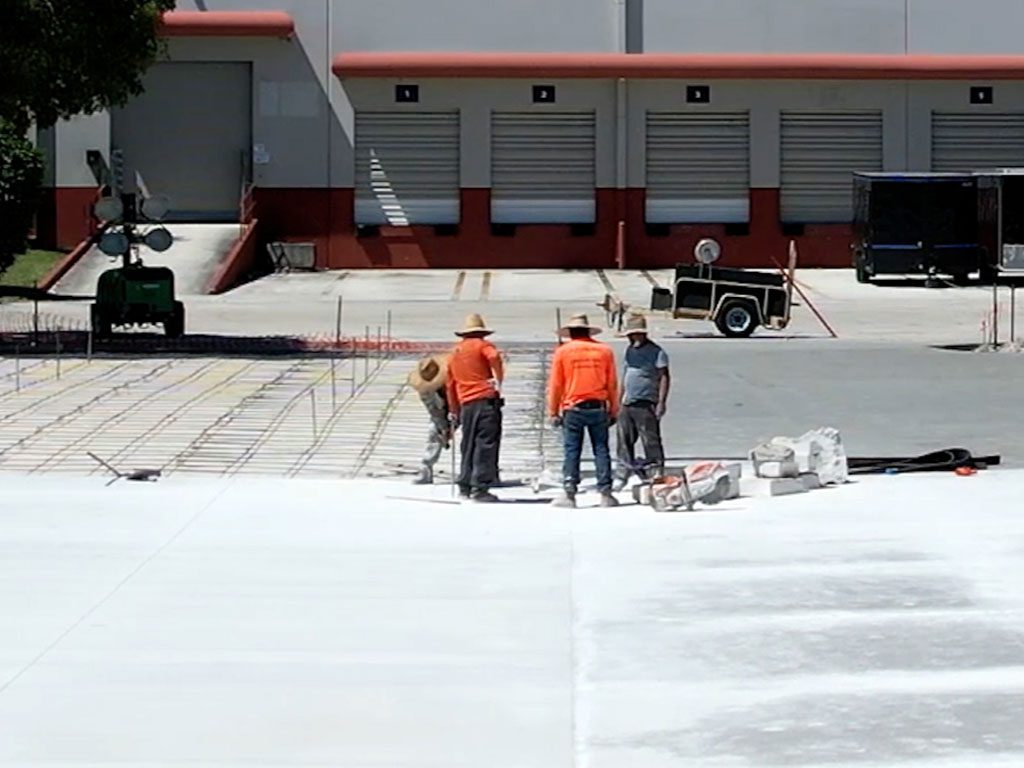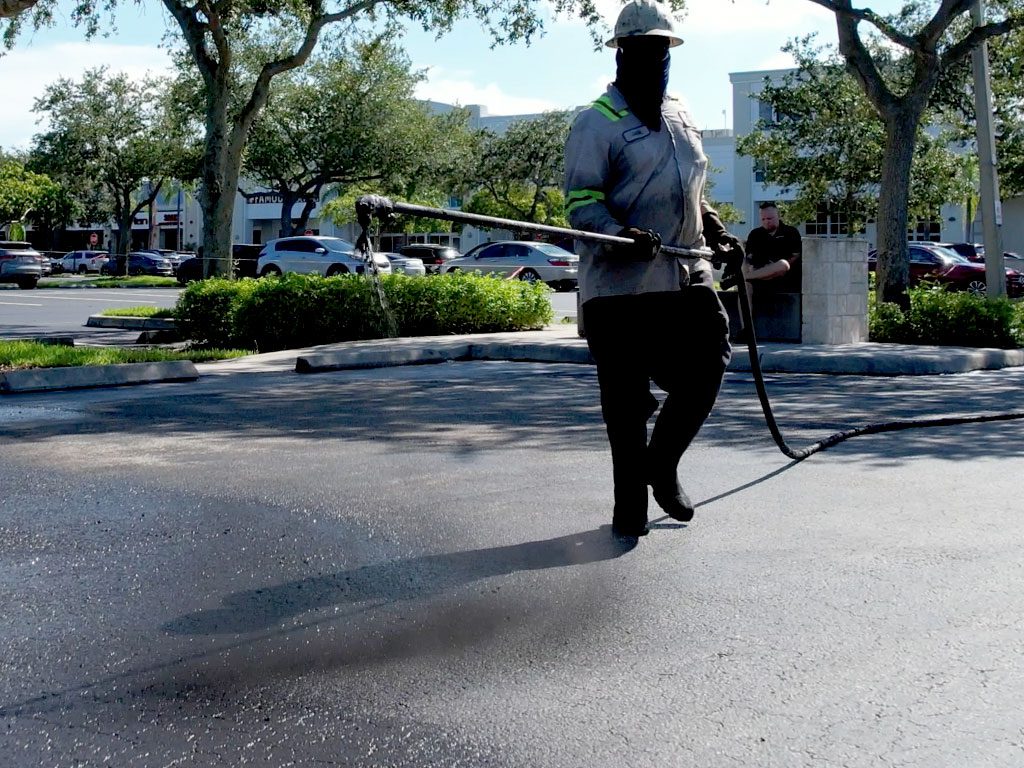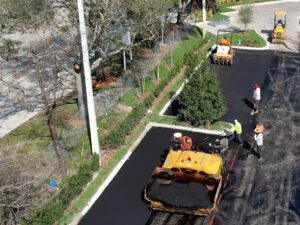A users guide to the ultimate in smooth asphalt pavement.
Ask the experts at 3-D Paving!
Asphalt paving is a complex process that requires careful planning and execution to ensure a high-quality, long-lasting pavement. While selecting the right asphalt mixture design is critical, proper site preparation and construction techniques are equally important. In this article, we’ll take a closer look at the best practices for site preparation and asphalt paving construction, including subgrade preparation, base layer installation, asphalt placement, and compaction techniques. We’ll also discuss common challenges that can arise during the paving process and provide guidance on how to mitigate these issues to ensure a smooth and successful project outcome.
Subgrade Preparation
Subgrade preparation is a critical step in the asphalt paving process, as it provides a stable foundation for the pavement. The subgrade should be compacted to the required density and graded to the proper slope to ensure proper drainage. Additionally, any soft or unstable soil should be removed and replaced with suitable material.
The first step in subgrade preparation is to remove any vegetation and debris from the site. Next, the soil should be compacted to the required density using a compactor machine. The compactor machine should be operated in layers to ensure that the entire subgrade is compacted to the same density. The subgrade should be graded to the proper slope using a laser level to ensure that the pavement has proper drainage.
If the soil is too soft or unstable, it may need to be removed and replaced with suitable material. The replacement material should be compacted to the same density as the surrounding soil to ensure a smooth and stable foundation for the pavement.
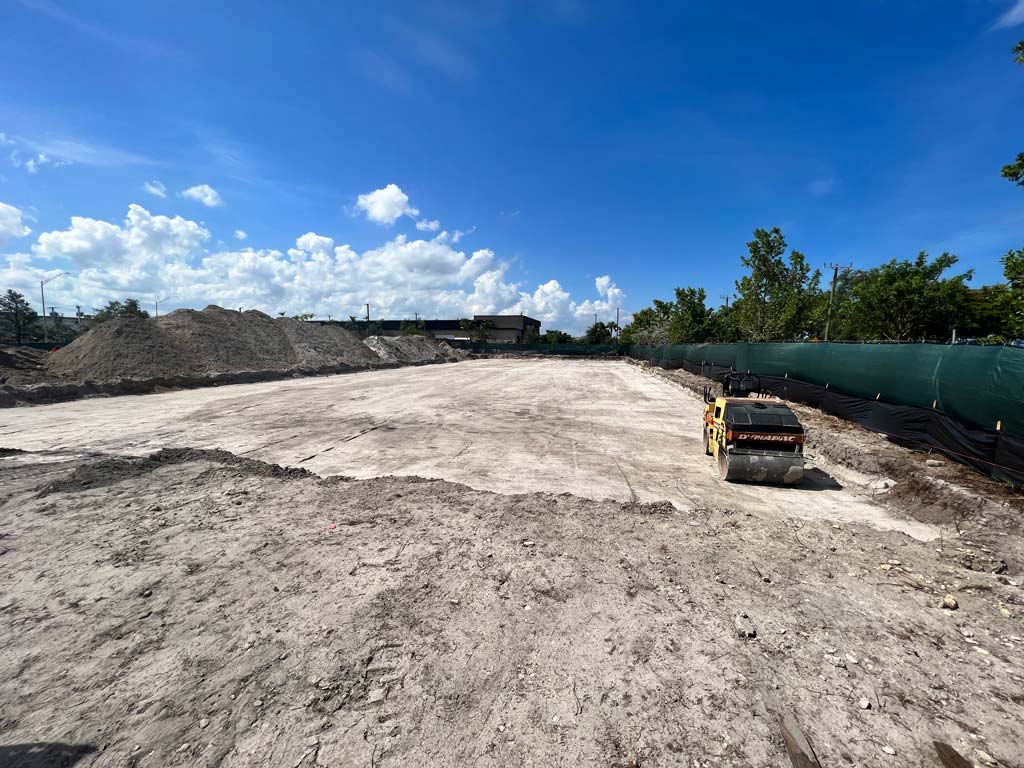
Base Layer Installation
The base layer provides additional support for the pavement and helps to distribute loads evenly. It is typically constructed using aggregate materials, such as crushed stone or gravel, that are compacted to the required density. The thickness of the base layer will depend on factors such as traffic volume, climate, and soil conditions.
The first step in base layer installation is to spread the aggregate material evenly across the prepared subgrade. The material should be compacted to the required density using a vibratory roller machine. The number of passes and the speed of the roller should be carefully controlled to ensure that the base layer achieves the required density without causing damage.
The thickness of the base layer should be determined based on the traffic volume, climate, and soil conditions. A thicker base layer may be required for heavier traffic volumes or softer soils. Conversely, a thinner base layer may be sufficient for lighter traffic volumes or more stable soils.
Asphalt Placement
Asphalt placement involves the application of the asphalt mixture onto the prepared surface. It is critical to ensure that the mixture is applied at the correct temperature and thickness to achieve the desired density and strength. The use of a paver machine is typically recommended to ensure even and consistent application.
The first step in asphalt placement is to prepare the asphalt mixture according to the specified design. The mixture should be heated to the proper temperature and transported to the paving site in a truck equipped with a heating system to maintain the temperature.
Once the asphalt mixture is ready, it should be applied to the prepared surface using a paver machine. The machine should be set to the correct thickness and speed to ensure even and consistent application. The mixture should be spread evenly across the surface and compacted immediately using a vibratory roller machine to achieve the required density and strength.
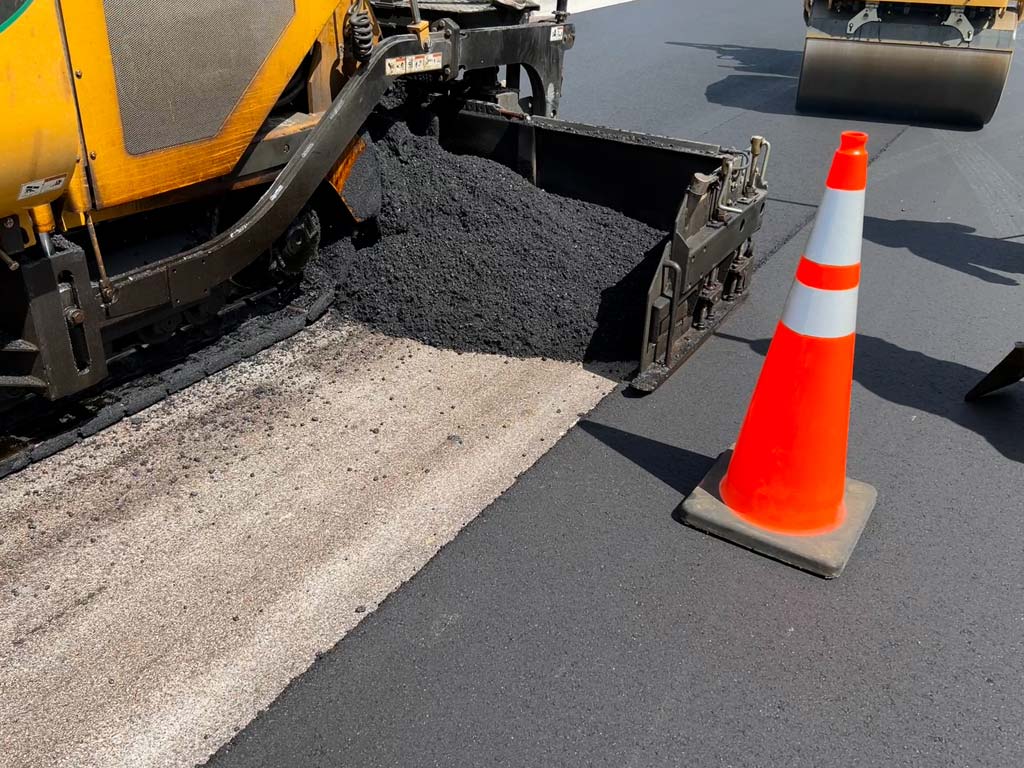
Compaction Techniques
Compaction is a critical step in the asphalt paving process, as it helps to achieve the required density and strength of the pavement. The use of a vibratory roller is recommended to ensure that the mixture is compacted evenly and thoroughly. It is important to pay close attention to the number of passes and the speed of the roller to ensure that the pavement achieves the desired density without causing damage.
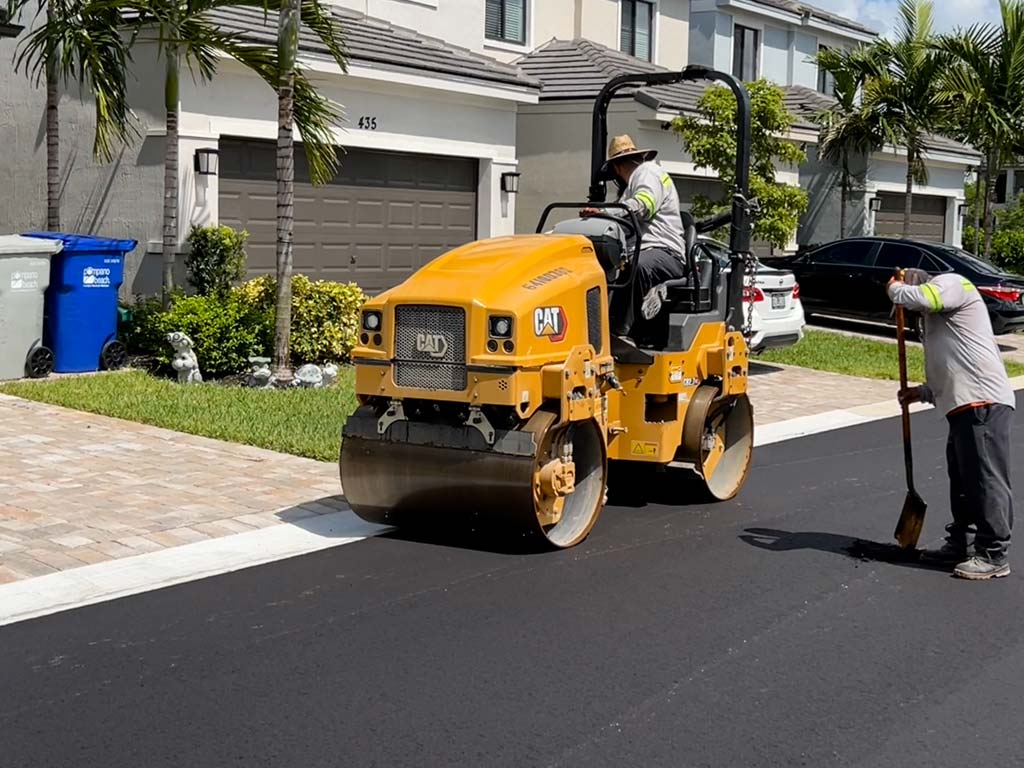
Common Challenges and Mitigation Strategies
Despite careful planning and execution, challenges can arise during the asphalt paving process that can impact the quality and longevity of the pavement. Common issues include weather-related delays, material shortages, and unexpected site conditions. To mitigate these issues, it is important to have a contingency plan in place and to maintain open communication with all stakeholders. Regular quality control checks and proper equipment maintenance can also help to ensure a successful project outcome.
Conclusion
Proper site preparation and construction techniques are critical to ensuring a high-quality, long-lasting asphalt pavement. By following best practices for subgrade preparation, base layer installation, asphalt placement, and compaction techniques, and by developing strategies to mitigate common challenges, asphalt paving companies can deliver successful paving projects that meet the needs of their clients and stand the test of time.
